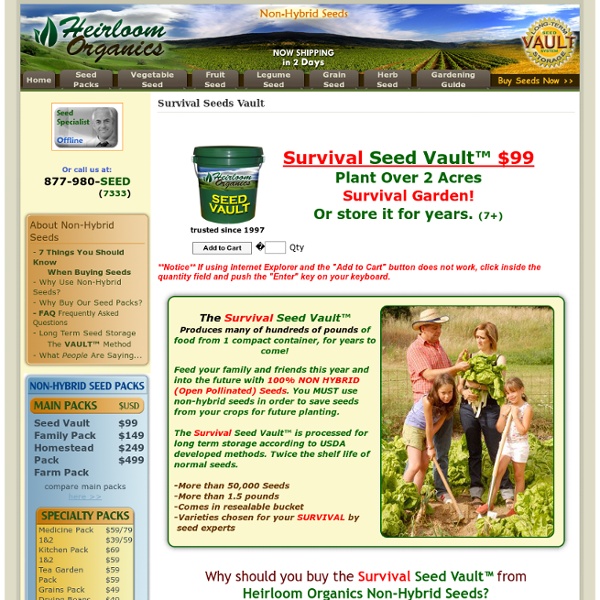Square Foot Gardening 101
Update! Check out our new Square Foot Gardening Infographic for even more tips, diagrams, a plant list and much more. I recently stumbled upon a book (All New Square Foot Gardening: Grow More in Less Space! by Mel Bartholomew) with an interesting gardening method called square foot gardening, and decided we would give it a try. I’ve always thought the idea of having a vegetable garden would be a lot of fun. I know just enough about gardening to know that I am not very good at it, and that it is a lot of work. What is Square Foot Gardening? The idea behind square foot gardening is that you can plant fruits, vegetables and flowers in raised beds, above infertile soil and even out of the reach of pets. Materials Needed to Set Up a Square Foot Garden Material costs are variable, depending on the size of garden you plan to build. (1) Sheet untreated plywood – $0.00 (leftover scrap from a previous home improvement project) I buy our seeds from Burpee Seed Company. Total Start-up Cost: $42.02
Survival Gardening: Part 2
Survival Cache The answer to everyone’s question is “No”, we are not too late to get started on our Survival Garden for this year, not for most of the population living in the United States and Canada. It keeps snowing on me here in Utah, so I’m still waiting. This is the 2nd post in a series on Survival Gardening Read Part 1: Survival Gardening I just moved into a new place and so I haven’t been able to do my fall preparation like I normally would, but that’s just the way it is sometimes, so don’t sweat the small stuff. Many times people are frustrated because they hear the radio shows, read the books, view the Emergency Foodvideos, and find their situation doesn’t match up to what they are hearing from the experts. So with that aside, you can start your garden with me, and we’ll do the best we can, and we WILL have a nice garden. OK, so now you have a few choices of crops now let’s look at the space that is available to you. Read the rest of the article May 2, 2011
Survival Gardening
And a Way to Relax and De-Stress Survival gardening can be fun, relaxing and actually quite simple… Many people seem to think they don’t have enough space for a garden but the areas where you can learn how to grow a basic vegetable garden are endless. Yep, I am talking about those spaces we try to fill in with all kinds of flowers, shrubs, and even in some cases, gravel, so that it looks nice…. :) Plant your veggies there. Along Side Your House The area alongside the house is perfect for plants as it is protected from many things, such as: Frost, will stay frost-free longer in the fallcritters, we have to protect everything we grow here in Montana from hungry deerhail, heavy rains, strong wind… plus the plants seem to grow faster and I think it may be because heat is magnified. You may want to use non-hybrid seeds to do gardening as you will be able to harvest your own seeds for the following year this way. Visit our Survival Garden Ebooks page for simple green thumb helpsbooks..
Survival Garden: Part 1
Growing A Survival Garden May Soon Become A Necessity! Have you considered that... survival gardening may soon be a true matter of survival and not just a choice? With the rapid decline of our financial system and food supply, grocery store produce and other products, may soon be at a crisis level shortage like we have never seen. At that point, gardening would no longer be a "choice" for a more self sufficient lifestyle, it would be a matter of survival for everyone! With the costs of living rising all the time, you can see the practical benefits of growing your own garden... you can save money, increase your family's health, and become more self sufficient all at the same time by growing vegetables in your backyard. Take advantage of whatever garden space you have, even if your garden may not provide all the food that you need, it will have a dramatic effect in reducing your food bill. Consider some of the benefits of growing your own garden... 1. Small Garden Space Larger Garden Space
Bear dog Wiki
Taxonomy[edit] An artist's reconstruction of a bear dog Amphicyonidae were named by Haeckel (1886) [also attributed to Trouessart 1885]. It was assigned to Carnivora by Sach and Heizmann (2001); to Arctoidea by Hunt (2001), Hunt (2002) and Hunt (2002); affirmed as Arctoidea by Zhai et al. (2003); affirmed to Arctoidea by Carroll (1988), Hunt (1998) and Wang et al. (2005); and to Caniformia by Morlo et al. (2007).[2][3][4] Origins[edit] Amphicyonids, often referred to as "bear dogs", crossed from Europe to North America during the Miocene epoch and are considered an Old World taxon. Evolution[edit] While amphicyonids have traditionally been viewed as closely related to ursids (bears), some evidence suggests they may instead be basal caniforms. During the early Miocene, a number of large amphicyonids migrated from Eurasia into North America. Classification[edit] See also[edit] References[edit] Jump up ^ Paleobiology Database: Amphicyonidae, age range and collectionsJump up ^ V.
6,000 lbs of food on 1/10th acre
Off-grid Urban Homestead – Urban Permaculture Over 6,000 pounds of food per year, on 1/10 acre located just 15 minutes from downtown Los Angeles. Everything from there electricity, biodiesel, and 90% of the food they eat is produced on this 1/10 acre of property. There electric bill is usually $12.00 a month. To follow Urban Homesteading, you can find them at Comments comments
Endangered Ugly Things
Mark Ruffalo



